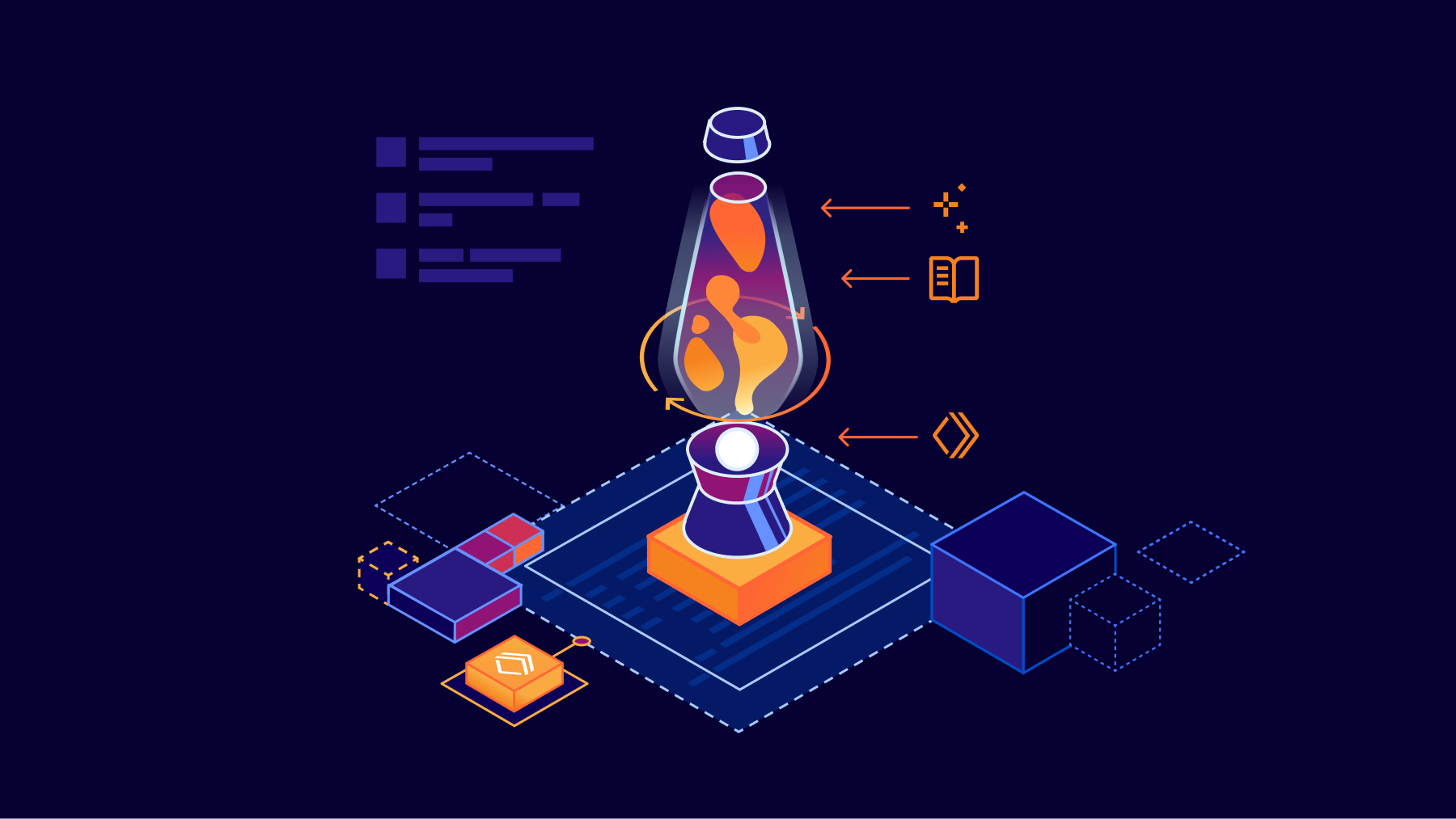Long-standing websockets & writing to external DB subrequest limit?
Is it not possible to make a proper real-time app in Workers wherein the server / durable object might stay alive for a couple hours?
We have an to support students in a virtual classroom.
Basically, students submit questions for help during an office hours session. Other students can upvote questions. Teaching assistants can select a question to answer live. That should send a notification to all of the students who upvoted the question. The students hop into a separate video call platform to hear the answer.
So I was hoping to do this with websockets (or some kind of long-polling) so that students can receive a notification when their question is being answered.
If we were going to do websockets, it seemed like it would make sense to keep the connection open for student upvoting / posting new questions as well.
But there seems to be a limit to # of external subrequests on a worker (e.g. writing to a DB).
We have an to support students in a virtual classroom.
Basically, students submit questions for help during an office hours session. Other students can upvote questions. Teaching assistants can select a question to answer live. That should send a notification to all of the students who upvoted the question. The students hop into a separate video call platform to hear the answer.
So I was hoping to do this with websockets (or some kind of long-polling) so that students can receive a notification when their question is being answered.
If we were going to do websockets, it seemed like it would make sense to keep the connection open for student upvoting / posting new questions as well.
But there seems to be a limit to # of external subrequests on a worker (e.g. writing to a DB).

